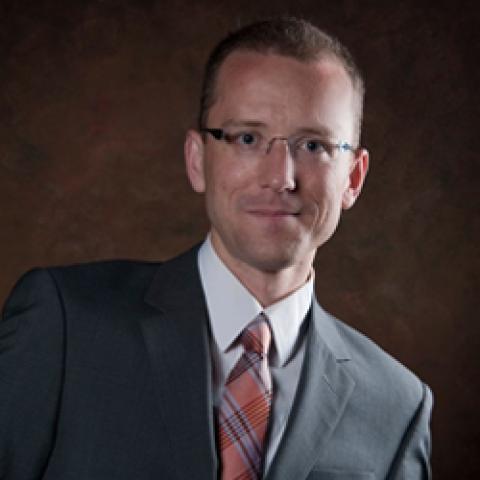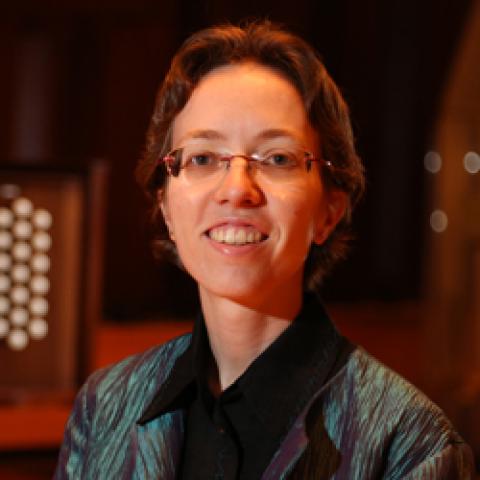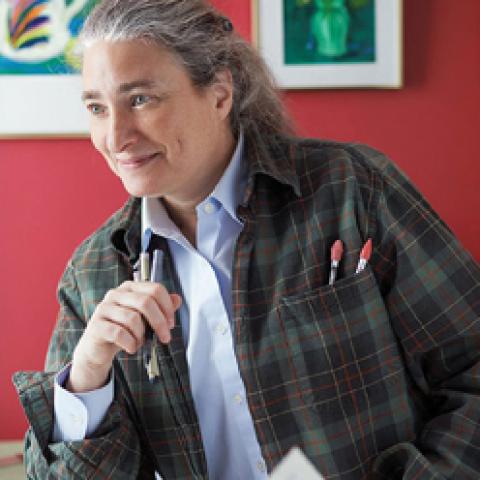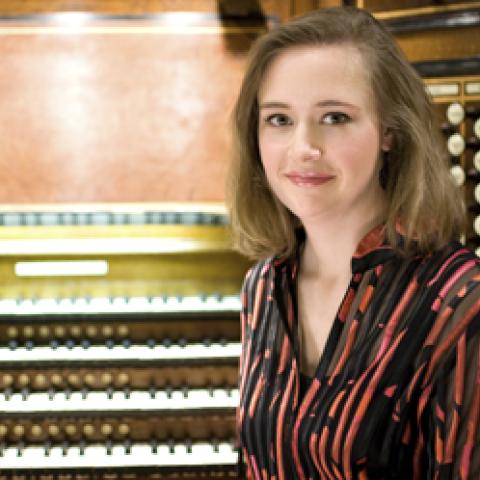
THE DIAPASON
Isabelle Demers is featured on a new recording, Rachel Laurin Oeuvres pour orgue, on the Acis label (APL61256).
Recorded on the Casavant op. 869 organ at Église des Saints-Anges de Lachine, the program includes Introduction et Passacaille sur un Thème de Raymond Daveluy, op. 44; Douze Courtes Pièces, op. 43; Symphonie No. 1, op. 36; and Étude Héroïque, op. 38.
For information: acisproductions.com.






